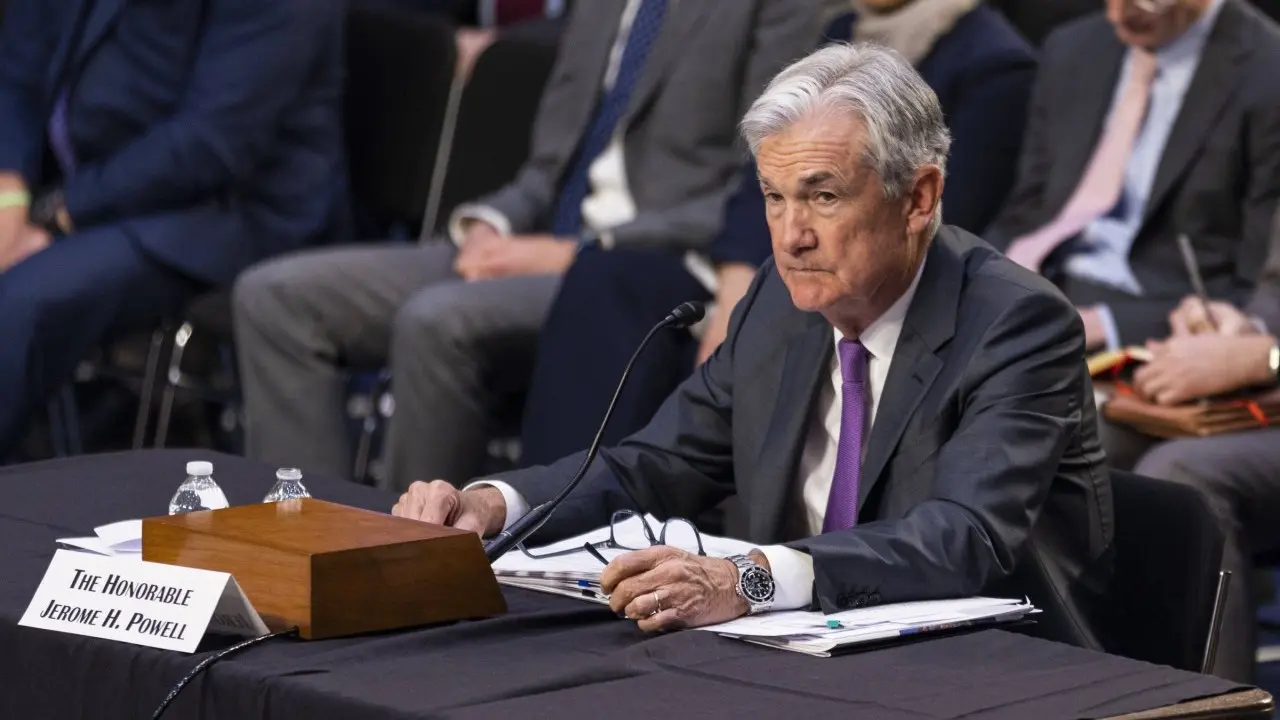Comments
- No comments found

Jerome Powell, the Chair of the Federal Reserve, recently shed light on the possibility of lowering interest rates later this year.
Despite the spikes in inflation and strong job growth seen in January, the Federal Reserve maintains its stance on reducing rates. However, Powell emphasized the importance of gathering more data to ensure inflation is consistently heading towards their 2% target.

Before any rate cuts are considered, the Federal Reserve seeks assurance that inflation is on a steady decline towards its goal. Powell, in a conversation with the House Financial Services Committee, made it clear: the Fed isn't necessarily looking for better inflation rates than those previously recorded; instead, they're keen on accumulating more evidence to confirm the trend is ongoing. This cautious approach underscores the Fed's desire for a deeper understanding of inflation's trajectory before making any policy changes.
Understanding these economic indicators and their impact on monetary policy is crucial for anyone interested in financial markets. For those looking to deepen their knowledge, a trading course can provide valuable insights into how such decisions affect the market and investment strategies.
The current strength of the economy and job market introduces a unique advantage for the Federal Reserve. It allows them to deliberate carefully on rate cuts. According to Powell, the resilience of the economic indicators enables a thoughtful approach to potentially lowering rates, aligning with market predictions of a rate decrease by June.
Navigating through monetary policy adjustments, the Federal Reserve is cautious of two main risks;
On one hand, delaying the easing of policies might overburden the economy with high interest rates.
On the other, easing too soon could let inflation settle above the 2% target.
Powell discussed this balancing act, highlighting the delicate timing and measures needed to ensure inflation reverts to the target without harming economic growth and employment.
Despite a shift in focus towards potential rate reductions, Powell indicated a reluctance to lower rates at the Fed's next meeting in March, citing recent economic data as a reinforcing factor for this skepticism. Remarkably, job growth doubled expectations in January, and inflation saw its most significant monthly increase in a year. Yet, Powell pointed to the significant decline in inflation compared to last year, presenting a compelling case for the Fed's ongoing expectation of inflation slowing down this year.
Beyond interest rates, Powell also touched on adjustments to banking regulations, particularly the Basel Endgame proposal. This plan, aimed at requiring banks to increase their capital, has faced criticism from both lawmakers and the banking sector. Powell assured significant changes to the proposal, with a potential for a completely new proposal, underscoring the Fed's flexibility in response to feedback. This move illustrates the Federal Reserve's commitment to a stable and secure banking system, mindful of the economic impacts of stringent requirements.
Jerome Powell's recent comments offer a glimpse into the Federal Reserve's strategic planning amidst fluctuating economic conditions. The careful balance between combating inflation and supporting economic growth is a central theme in the Fed's current approach. With a focus on gathering more data to guide their decisions, the Federal Reserve is navigating through potential risks with a clear goal: to ensure a stable economic environment that aligns with their inflation targets.
Moreover, the adjustments to banking regulations signify the Fed's responsiveness to broader economic concerns, aiming to strengthen the financial system while considering the feedback from various stakeholders. As we move forward, Powell's insights provide a roadmap for the Federal Reserve's policies, highlighting a cautious yet adaptive strategy in managing the economy's complex dynamics.
Leave your comments
Post comment as a guest